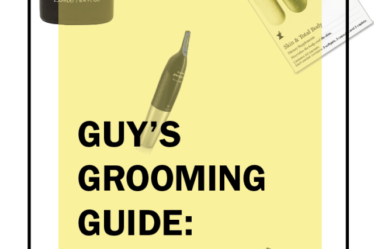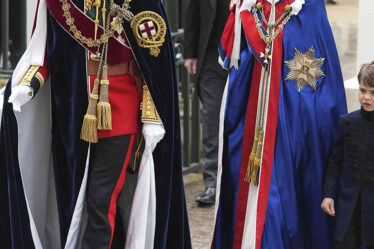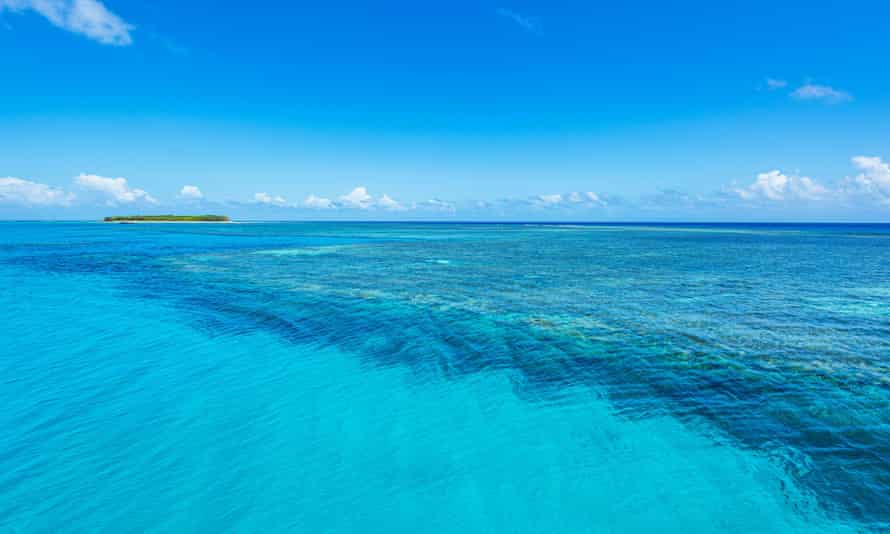
None of us expected Angela to become a killer. Much too nice. Much too sweet. Much too likely to follow the rules and not take matters into her own hands. Then again, none of us expected to end up on an island where the spectre of death can drive the nicest, sweetest woman to do just that.
The island was Lady Musgrave, an uninhabited coral cay almost 100km north-east of Bundaberg and our home for the best part of a week. Five nights, six days, eight adults, 11 children, one tropical paradise. They call it one of the most magical places in the world and they’re not telling a lie. It’s a tiny strip of land nestled in a World Heritage-listed marine park that even David Attenborough’s high-definition cameras and highly distinctive voice would struggle to do justice.
Each day we spent hours snorkelling on a reef teeming with aquatic wonders. Each night we watched with breathless silence as dozens of turtles trekked up the sand to lay their eggs. As the only group camping on the island, we were starring in our very own nature documentary.
At least we were until Angela turned it into a horror movie.
We had been warned about the birds. Thousands of them flock to the island each summer, many of them nesting in the trees above the camping area. We had been told to bring tarps to protect our tents from the aerial assault that awaited us. We had been warned to brace ourselves for the odour. One friend was particularly blunt: “You will be shat on.” She was proven correct within minutes of us setting foot on the island.
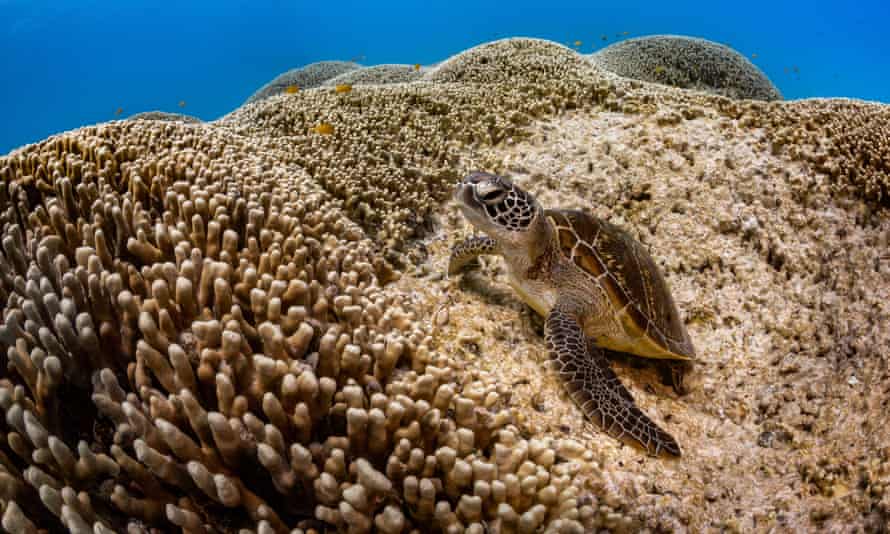
What no one had mentioned was the killing field, a 450-metre walking track that links the camping area with Lady Musgrave’s spectacular, protected lagoon where day trippers snorkel off the back of a three-level pontoon and luxury boats anchor for days on end. Each day we would make the trek across the island to explore the lagoon’s reef wall and each day we would do so while trying not to step on the birds dying the cruellest of deaths at the hands of a callous soul called Mother Nature.
The birds were black noddy terns and they had arrived on the island after flying non-stop from the warmer climes of Papua New Guinea. It is estimated that from late August until May a colony of about 40,000 visit, nest and fish around the island group to which Lady Musgrave belongs. A lot of them, though, weren’t going to be making the return trip because they were being massacred by the very trees they had come in search of.
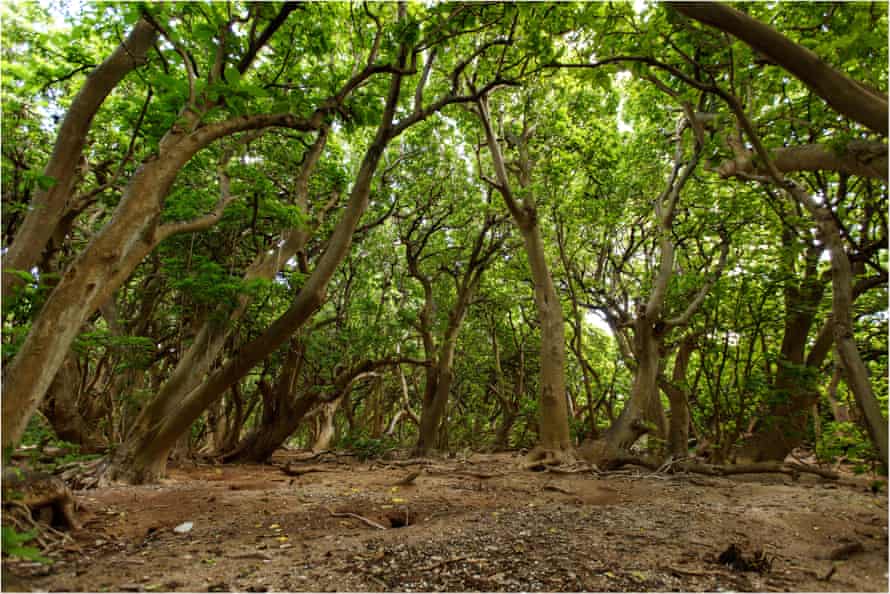
Pisonia trees are the primary vegetation on Lady Musgrave Island and share the most messed-up of relationships with the birds that use them as holiday accommodation. The trees flower twice a year, producing pods that grow in clusters and contain black seeds covered in a thick mucous that sticks to almost anything it brushes against. In an ideal world the trees would drop their seeds when the black noddies are hanging out in Papua New Guinea, but centuries of evolution have resulted in them doing so at the worst possible time for a bird not keen on becoming entangled in a sticky bunch of seed pods – migration season.
No words can do justice to the carnage that is Lady Musgrave Island’s lagoon walk. Every day countless black noddies living the good life brush up against sticky seed pods. They try to shake the annoyances loose, only to add another one … and another … and another. Before long they are covered in so many seed pods they can’t move their wings. Soon enough they can’t even move. Eventually they become mummified, wrapped in a macabre blanket of seeds and twigs and dirt, slowly starving to death or, in what may be more humane, being picked off by scavengers.
I wasn’t alone the first time I ventured into the killing field. It was the first morning of our stay and a group of us decided to cross the island to see Lady Musgrave’s famous lagoon with our own eyes. A national parks sign warned us of what lay ahead, an illustrated explanation of how the pisonia trees drop their seed pods, the seed pods entrap the birds, the birds’ remains fertilise the soil and the soil replenishes the trees. The message was clear – this is flora and fauna working in unison, the circle of life, and you’re not helping by trying to help the birds.
And still Angela could not help herself.

As our eyes widened and jaws dropped at the sight of bird after bird in various stages of the entombing process – some a little hobbled, others barely able to turn their heads – our kind-hearted friend’s attention was caught by a black noddy with only the most minor of seeds stuck to its breast. We watched as she reached down and did what we had told our children not to do.
Spooked by the human hand trying to remove the seeds, the bird stumbled and collected another cluster. “That’s not good,” someone said, but Angela was nothing if not optimistic. She doubled-down and tried to pull the new sticky seeds away, prompting the bird to flap its wings and add even more to its feathers. “Oh, no!” exclaimed Angela’s six-year-old, a suitable response for a young boy watching his always gentle, always caring mother expedite a bird’s death.
When the black noddy released a distressed cry, we had seen enough and left Angela and her hubby to ruminate on how it feels to morph from angel of mercy to angel of death in less than 30 seconds. “It was only a little bit,” she sighed, her tone befitting a woman who carries a bird-watching book on her travels. “I just wanted to help it.”
Angela soon followed us to the lagoon and when it came time to return to camp, she was spared the guilt of encountering the black noddy she knew better than any other. The reason? There were so many birds in the vicinity consigned to a similar fate that there was no telling which one was hers, and that must surely have come as a relief. After all, she may have failed to follow the rules but, unlike the trees shading her from the midday sun, at least she was no serial killer.
Portrait of a Lady
-
Lady Musgrave Island is in the Capricornia Cays national park, 96km north-east of Bundaberg and 59km east-north-east of the town of 1770.
-
Camping is permitted on the island from the Queensland Easter school holidays until Australia Day. The camping area is closed at other times due to bird and turtle-hatching season, although people can still visit during the day.
-
Up to 40 people can camp on the island at any one time, for a maximum of 21 nights.
-
The camping area is for tents only, with limited facilities including composting toilets, emergency radio, fuel storage and compressor bunker.
-
Campers must be self-sufficient (ie bring all their own food and drinking water) and all rubbish must be removed upon departure.
-
Campers can reach the island by private boat or commercial vessel, while day tour operators also offer camping transfers. The nearest departure points are Bundaberg and 1770.
-
The best time to witness the sticky seed phenomenon is mid-to-late October to late December, which coincides with the main turtle-nesting season from late November to January.
-
For more information, including camp bookings, visit Queensland Parks and Forests.

